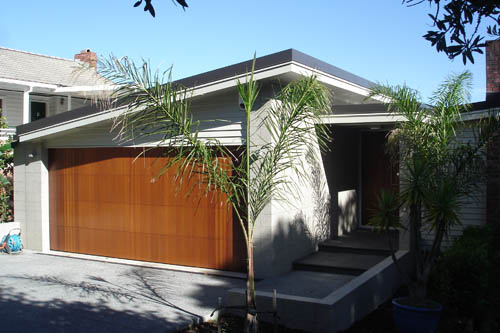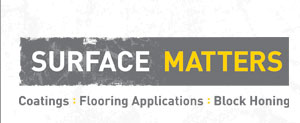Getting Started
Any project benefits from knowing the full specifications and desired end product, right from the word 'go'.
Good communication is very important between you and your builder or you and the block layer when about to build your walls. It is the responsibility of the block layer to lay the walls to the highest standard possible, keeping them clean right up to the time the sealer is ready to be applied. If the walls remain exposed to the elements long after the block layer has completed the job, the builder will need to ensure the walls are kept clean from the minerals and salts which will leach out of the blocks over the time they remain un-sealed.
• Good communication between block layer or builder
• Block laying needs to be to the highest standard
• No voids in the grout fill or cracks in the mortar
• Correct choice of sealer
The above four points are critical in making sure no expensive mistakes happen. It is vital the block layer uses the correct blocks to allow the concrete grout fill to flow freely through-out the wall. If incorrect blocks are used, such as column blocks without the end cut out, a void will form between the inner and outer mortar joints, which when cured can sometimes develop a hairline crack where water with wind pressure behind it can travel directly into the building.
Constructing Sound Architectural Masonry Walls
Building a honed or fair face block wall takes more than slapping mortar and blocks together. Architectural masonry needs to be treated as such, after all it is an architectural finish you are trying to achieve and great care is needed from begining to end. keep in mind though that blocks will always be prone to chipping and cracking, this is unavoidable at times but will in no way compromise the strength of the wall. For aesthetic reasons they can be repaired.Good communication is very important between you and your builder or you and the block layer when about to build your walls. It is the responsibility of the block layer to lay the walls to the highest standard possible, keeping them clean right up to the time the sealer is ready to be applied. If the walls remain exposed to the elements long after the block layer has completed the job, the builder will need to ensure the walls are kept clean from the minerals and salts which will leach out of the blocks over the time they remain un-sealed.
• Good communication between block layer or builder
• Block laying needs to be to the highest standard
• No voids in the grout fill or cracks in the mortar
• Correct choice of sealer
The above four points are critical in making sure no expensive mistakes happen. It is vital the block layer uses the correct blocks to allow the concrete grout fill to flow freely through-out the wall. If incorrect blocks are used, such as column blocks without the end cut out, a void will form between the inner and outer mortar joints, which when cured can sometimes develop a hairline crack where water with wind pressure behind it can travel directly into the building.

Good Block Laying Practice is Important
There should be no holes or cracks in the mortar. If this problem is combined with voids in your grout fill, any sealing system you put on your block walls will fail, as rain driven by wind pressure will seep through the hairline cracks and voids in the mortar, directly into your home. If there are holes or cracks, the mortar will have to be cut out and re-pointed.On flush mortar walls it is extremely important the block layer is experienced. The mortar will need to be compressed tightly into the joint just sitting proud of the blocks. If the mortar is not compressed, once the wall is honed parts of the mortar may fall out and it will be very expensive to re-point.
Finally, choose a well tested weather-proofing sealer. Take a look at some of the sealing options you have in our coatings section.


